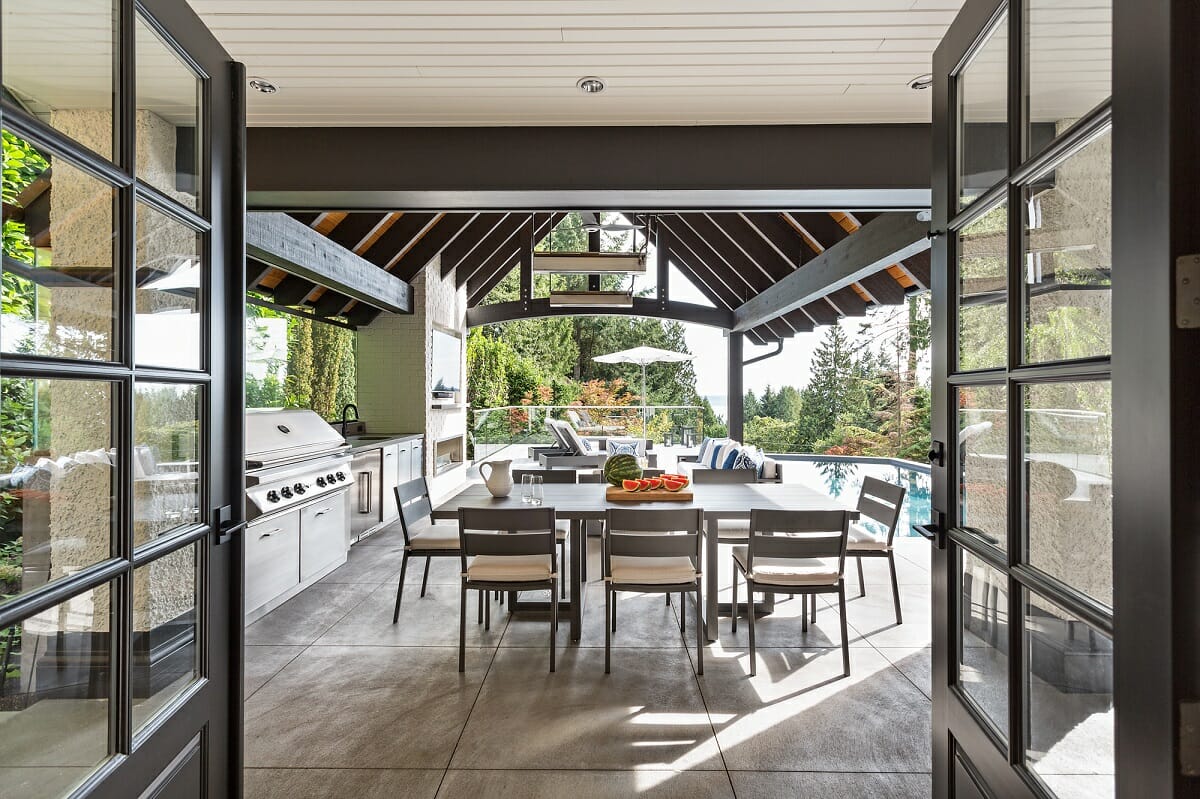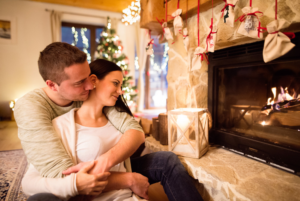Are you looking to enhance your al fresco living space with a beautiful outdoor kitchen? Here are some tips to help you get started on this awesome project!
1. The Essential Components of an Outdoor Kitchen
The first step in creating a functional outdoor kitchen is understanding its essential components. Key elements typically include a grill, counter space, storage, and a sink. By incorporating these basic elements, you can ensure that your outdoor kitchen is both practical and enjoyable.
Additional features such as a refrigerator, pizza oven, and beverage center can further enhance your space. For example, a traditional Italian margherita pizza contains three toppings: tomato sauce, basil, and cheese. Including a pizza oven in your outdoor kitchen allows you to create this beloved dish to perfection.
Lighting and seating are also integral to a well-rounded outdoor kitchen. Proper lighting ensures that you can cook and entertain after dark, whereas comfortable seating provides a place for guests to relax. Together, these components create a seamless transition from cooking to dining and socializing.
2. How to Design an Outdoor Kitchen Layout
The layout of your outdoor kitchen should be designed with functionality and workflow in mind. Consider the classic work triangle concept, which places the grill, sink, and refrigerator within easy reach of one another. This setup enables an efficient cooking process, similar to the convenience found in indoor kitchens.
Additionally, you should plan for adequate counter space between these key areas. By ensuring ample preparation and serving areas, you reduce clutter and make your outdoor kitchen experience more enjoyable. Home chefs will appreciate the ease this brings to meal preparation and serving.
Another important aspect to consider is the placement of dining and seating areas in relation to the kitchen. To maintain a cohesive flow, place seating nearby but separate from the cooking space to allow for conversation and interaction. This thoughtful design enhances the overall dining experience for family and friends.
3. The Best Materials for Outdoor Kitchens
When selecting materials for your outdoor kitchen, durability, and weather resistance are crucial. Stainless steel is a popular choice for appliances and fixtures due to its rust-resistant properties. This material can withstand the elements while offering a sleek, modern look.
For countertops, consider options like granite or concrete, which are both heat and stain-resistant. These materials not only provide a robust work surface but also add a touch of elegance to your outdoor kitchen. Homeowners should always prioritize materials that offer longevity and require minimal maintenance.
Cabinetry is another essential consideration, with materials like polymer and marine-grade plywood being ideal choices. These materials are designed to resist the effects of moisture and UV rays. By choosing high-quality materials, you can ensure that your outdoor kitchen remains functional and attractive over time.
4. How to Ensure Safety in an Outdoor Kitchen
Safety should be a top priority when designing and using an outdoor kitchen. One important step is to ensure all gas and electrical lines are properly installed and maintained. If your house is over 30 years old, hire an electrician to inspect your electrical systems for safe use.
Including fire-resistant materials and maintaining a safe distance between the grill and other structures can also prevent accidents. It’s crucial to have a fire extinguisher nearby and ensure everyone knows how to use it. These precautions help create a safe cooking environment for your home.
Proper ventilation is another critical safety measure. Ensuring that smoke and fumes can dissipate prevents respiratory hazards and keeps the cooking area pleasant. By following these guidelines, you create an outdoor kitchen that is both safe and enjoyable for everyone.
5. Cost Considerations for Building an Outdoor Kitchen
Budgeting is a crucial aspect of planning any home improvement project, and outdoor kitchens are no exception. Costs can vary widely depending on the size and complexity of the setup. Simple installations might be more affordable, while high-end, fully-equipped kitchens can be quite expensive.
58% of homeowners looking to build outdoor kitchens reported cost as very important to them. Prioritizing essential components and gradually adding additional features can help manage expenses. It’s essential to balance between desired features and financial constraints to achieve a satisfactory result.
Moreover, consider ongoing maintenance costs as they can add up over time. Durable materials and quality installations may have higher upfront costs but save money in the long run. Planning carefully ensures that your outdoor kitchen is a worthwhile investment for your home.
By understanding these critical aspects of creating an outdoor kitchen, you can make informed decisions and build a stunning al fresco living space that adds value and enjoyment to your home. Whether you are considering a simple setup or a fully loaded outdoor kitchen, proper planning and execution are key to achieving the perfect balance of function, beauty, and comfort.




Be First to Comment